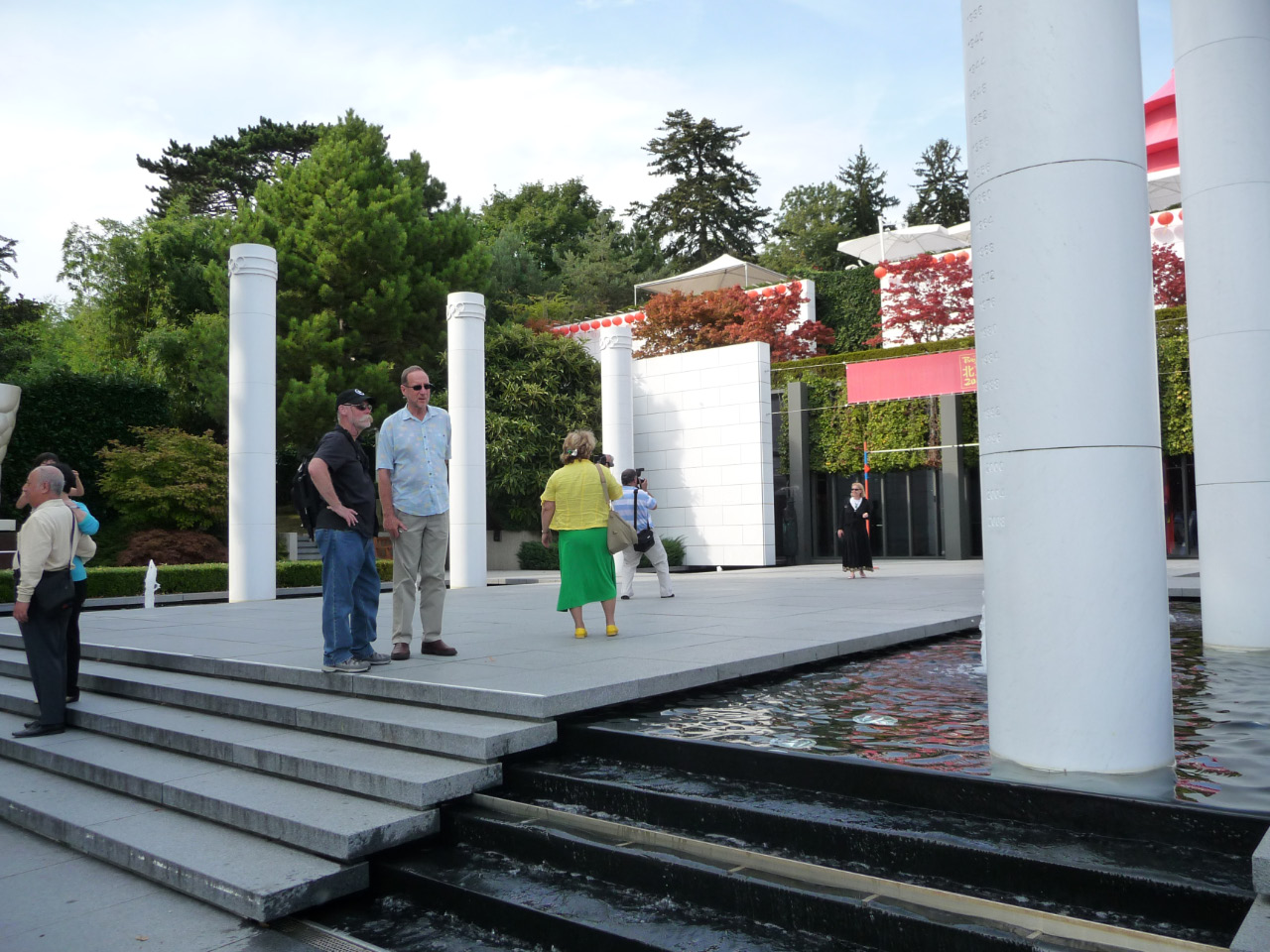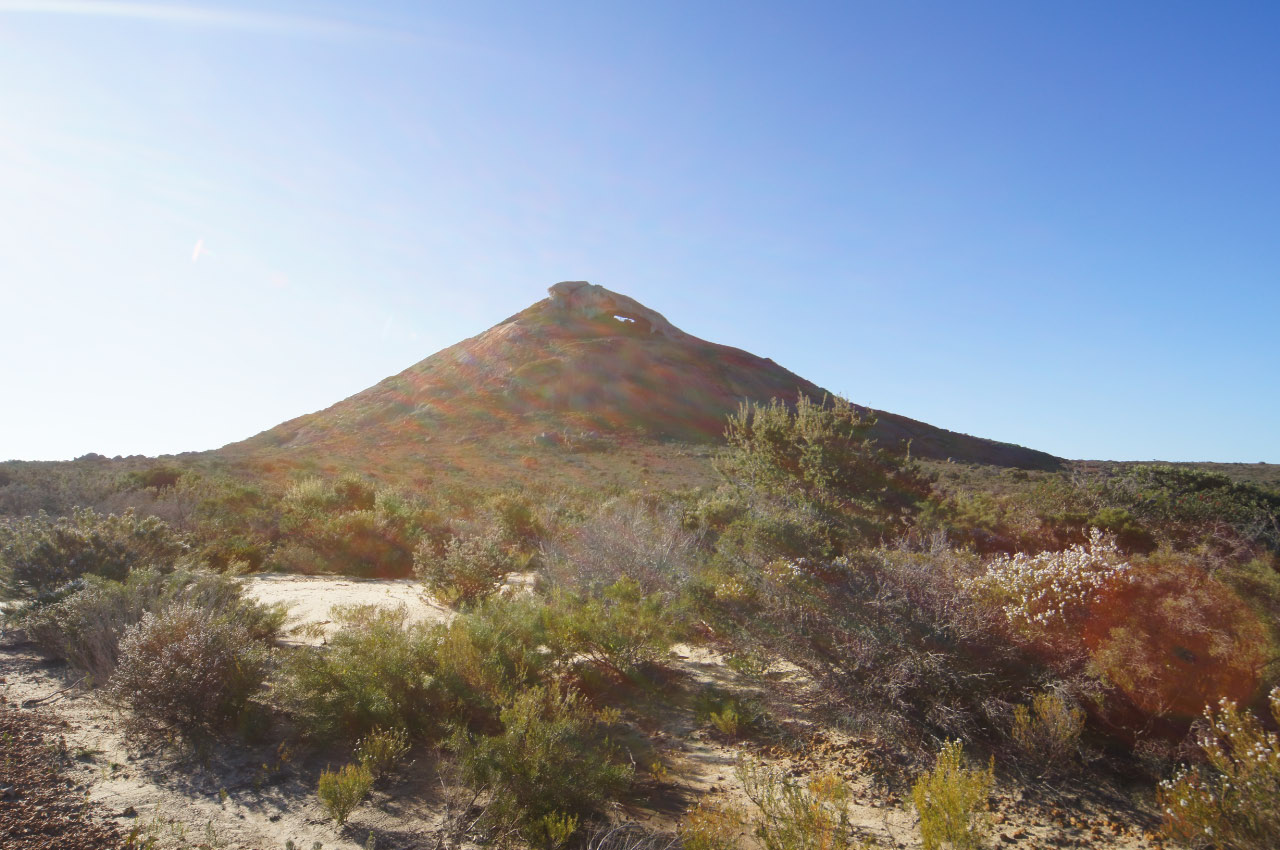Monday 17 to Tuesday 18 July
After leaving Tokaj our next desitnation of Presov was just a short distance. This provided us with time to detour via Lake Zemplinksa, which is a popular summer holiday area. We stopped at the holiday resort of Hotel Glamour at Kaluža. Whilst it may have been glamorous one day, the hotel was looking a little tired. It had a beach on the lake, and a grassy section nearer the hotel, all popular for catching those important sunny rays in early summer.
Our hotel in Presov became one of the few where English wasn’t spoken. With symbols and common words we agreed to a time for breakfast and were shown our parking spot on the street, right outside the police station. We figured the car would be safe there.
Presov had the mandatory pedestrian street with churches and a town hall. The popular Polish pope John Paul II was remembered beside the Co-Cathedral of St Nicholas.
The flowers were amazing – window boxes, statues and flower gardens.
The real reason for travelling in this direction was to visit Spiš Castle, claimed as the most expansive in Central Europe. Our first sight of it, sitting on top of a stunning hilltop, from the motorway, was indeed impressive, and a lot of digits were spent on it from afar.
The castle was a popular destination, the kind where you have to wait for opportunities to get the best pictures.
It was built in the 12th century in Romanesque style on the site of an earlier castle, as a fortification to protect from Tartars raiding the lands in 1241.
In the 15th century the castle was handed over to the Zápoľský family who rebuilt it in Gothic style. The last king before Habsburgs, Ján Zápoľský was born at the castle.
The Habsburgs gave the castle to the Turzo family and they then rebuilt it in the Renaissance style. After a fire in 1780 the castle was left in ruins by the Csákys family, who owned it until 1945.
The castle had an interesting exhibition of Roman coins and it appears that a grizzly find was made of a man who fell to his death in the cavern.
As well as a rather macabre display of torture machines, there was a chapel dedicated to St Elizabeth – the same saint that the cathedral in Košice is dedicated to, and her story.
Born in 1207, the daughter of King Andrew II of Hungary and Gertrude of Andechs-Merania, whose family initiated the construction of Spiš Castle. She was betrothed to Herman, Landgave of Thuringia at age 4. After the death of her finance, she married his younger brother Ludwig and bore him three children. After six happy years of marriage she was widowed. Soon after making provisions for her children she entered the Franciscan convent to lead a life of poverty. She died at age 24 and was canonised 4 years later. Now that is fitting a lot into a short life!
St Elizabeth is now the patron saint of poor, sick, widows, orphans, beggars and people living in poverty.
Following our visit to the castle, we made a quick stop at the quaint village of Spišske Podhradie for lunch.
Our last stop as at the Spišske Kapitule where the Bishop’s Palace and St Martin’s Cathedral are located. From here is an area with four chapels and seven wayside shrines which were intended to constitute a ‘Calvary of Jerusalem’ representing the holiest sites in Jerusalem.
It had been an interesting journey!
e_header.jpg)
























































